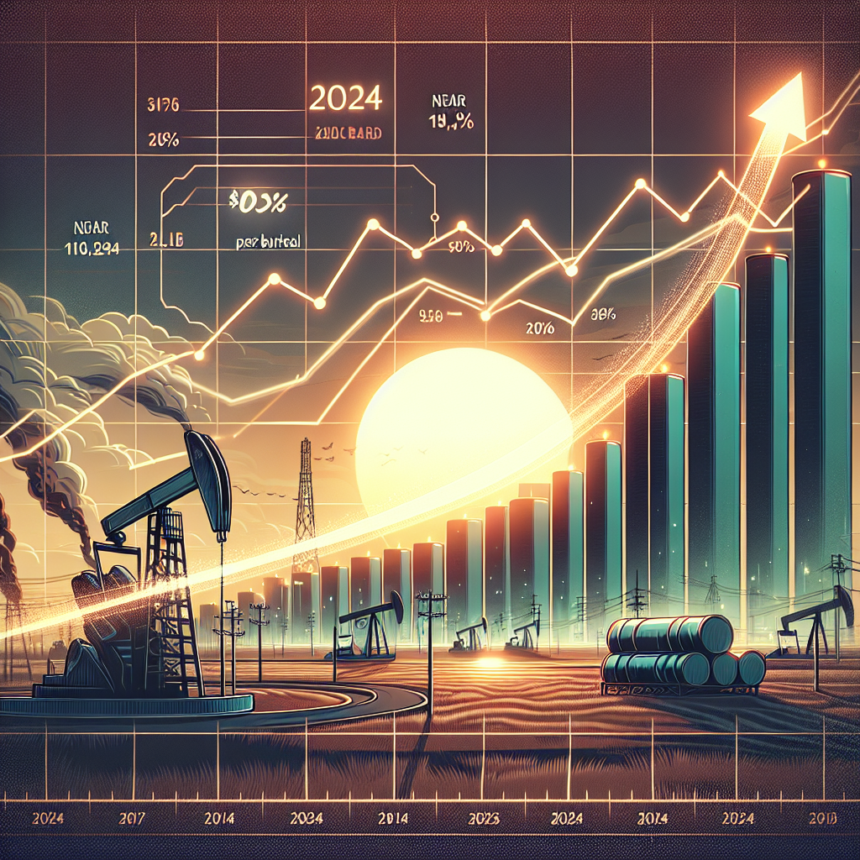Oil prices have surged in 2024 as Brent crude futures, the industry benchmark, have risen by 16% to almost $90 a barrel. This marks the highest level reached since late October, catching the attention of investors and consumers alike.
The increase in oil prices can be attributed to a variety of factors, including geopolitical tensions, supply constraints, and increasing global demand. Political unrest in key oil-producing regions has caused concerns over potential supply disruptions, while ongoing conflicts and sanctions have further fueled market uncertainty.
Additionally, supply constraints from major oil-producing countries have also contributed to the rise in prices. Production cuts by the OPEC+ group, led by Saudi Arabia and Russia, have limited the supply of oil in the market, pushing prices higher.
On the demand side, the global economic recovery following the COVID-19 pandemic has led to an increase in oil consumption. As industries resume operations and travel restrictions ease, the demand for oil has rebounded, putting further pressure on prices.
For consumers, the rise in oil prices could mean higher costs for gasoline, heating oil, and other petroleum-based products. This could potentially impact household budgets and overall inflation rates, posing challenges for individuals and businesses alike.
In conclusion, the surge in oil prices reflects the complex interplay of supply, demand, and geopolitical factors in the global energy market. As prices continue to climb, it remains to be seen how this trend will impact consumers, businesses, and the overall economy moving forward.
In my opinion, the rise in oil prices could have far-reaching implications for the economy. While it may benefit oil-producing countries and companies in the short term, the long-term effects on consumers and businesses could be significant. Higher fuel costs could lead to price increases across various industries, affecting the cost of goods and services for consumers. It will be crucial for policymakers to monitor the situation closely and implement measures to mitigate any adverse effects on the economy.


